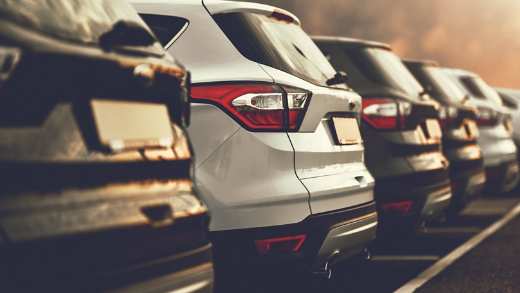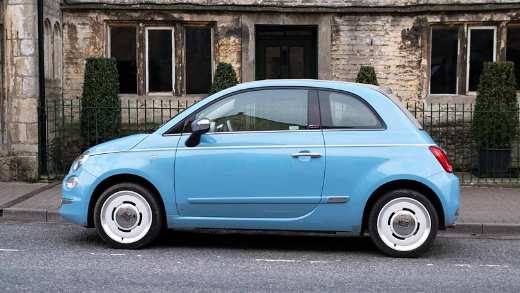A buyer's guide to car financing

If you’re buying a new car, it can be hard to decide which is the best way to finance your purchase. Here’s a guide to all the options.
By Remy Maisel
There are many ways to finance a new car purchase, from paying for it outright in cash to taking out a loan for the full amount from a bank. But which is the best option for you? It all depends on your circumstances, so the more you know about your various options, the easier you’ll find it to make a choice.
Cash purchase
Just like it sounds, this means paying for your new car outright in cash, whether it be savings you’ve got in a bank account or stuffed under your mattress. The good thing about buying a car this way is that you’ll have no debt to service. You won’t be paying interest and you’ll own the car outright.
What if you don’t have enough cash to buy a car outright? One option is to put down as big a cash deposit as possible and take out a loan for the remaining amount you need.
Personal loan
You could take out a personal loan through a bank or building society. If you have a good credit score, you can usually get a loan that will work out as the cheapest way to borrow money over the long term – paying the least amount of interest. But your monthly repayments may be higher Footnote [1].
Dealer finance
You’re likely to be offered three main types of dealer finance. They may seem similar at first, but depending on your circumstances – such as whether you like to change your car often – one might suit you better than another.
Hire Purchase
With this type of purchase, you don’t own the car until you’ve made the last payment. You’ll put down a deposit (usually 10%) and pay in instalments that include interest over the period of the loan. The car can be repossessed if you miss a payment, and it can be more expensive than a bank loan, but the cost of servicing the car may be included Footnote [2].
Personal Contract Purchase (PCP)
Similar to a Hire Purchase, you’ll pay a deposit and pay monthly instalments over a fixed period. However, the monthly payments are lower than Hire Purchase payments because at the end of the term there is a lump sum (also known as a ‘balloon payment’) you’ll have to pay if you want to buy the car outright. You also have the choice of returning the car or selling it privately to pay off the remaining costs – or you could part exchange the car for a new one using any equity Footnote [3].
If you want to change cars often, this can be a good option. However, you need to stick to the agreed mileage and keep the car in good condition, because you don’t own it until you pay the balloon payment – so Hire Purchase can be a better option if you plan to keep the car.
Personal leasing (contract hire)
This is similar to PCP, with low monthly payments, but you can’t buy the car at the end of the term. This is a good option if you like to change cars frequently. The cost of the contract depends on the type of car, length of contract, and mileage limits, and the upfront cost is usually three months’ rental. A typical term is usually 1-3 years. If you go over the agreed mileage, there will be charges, and these can be expensive.

